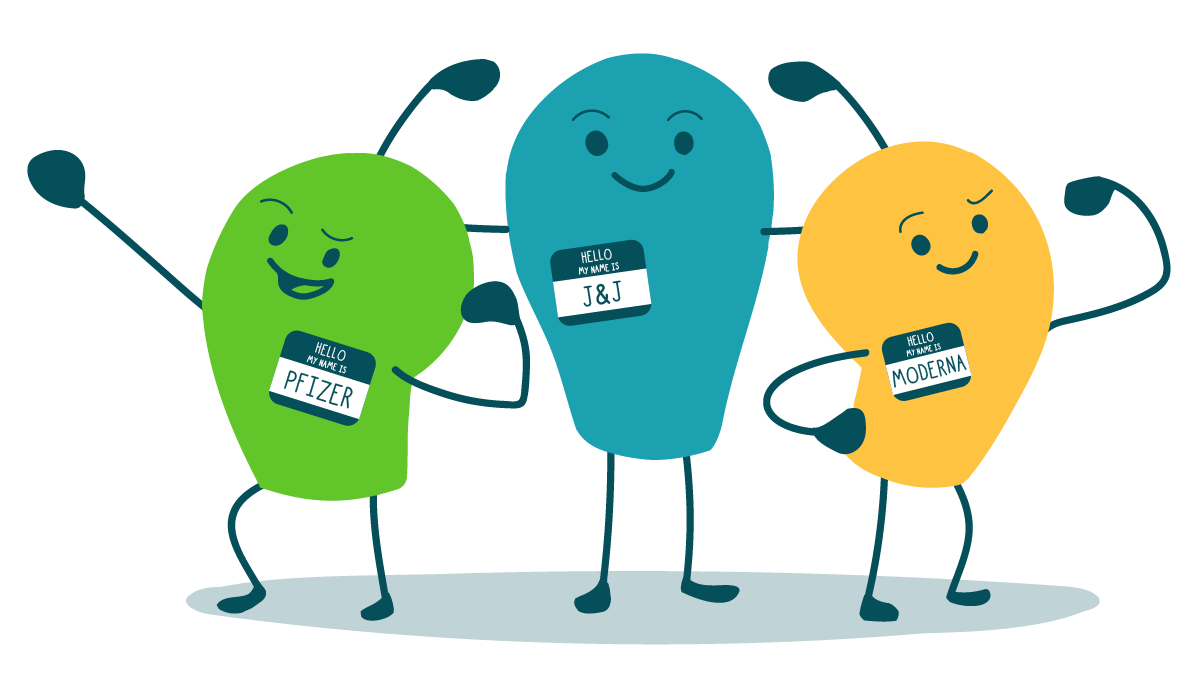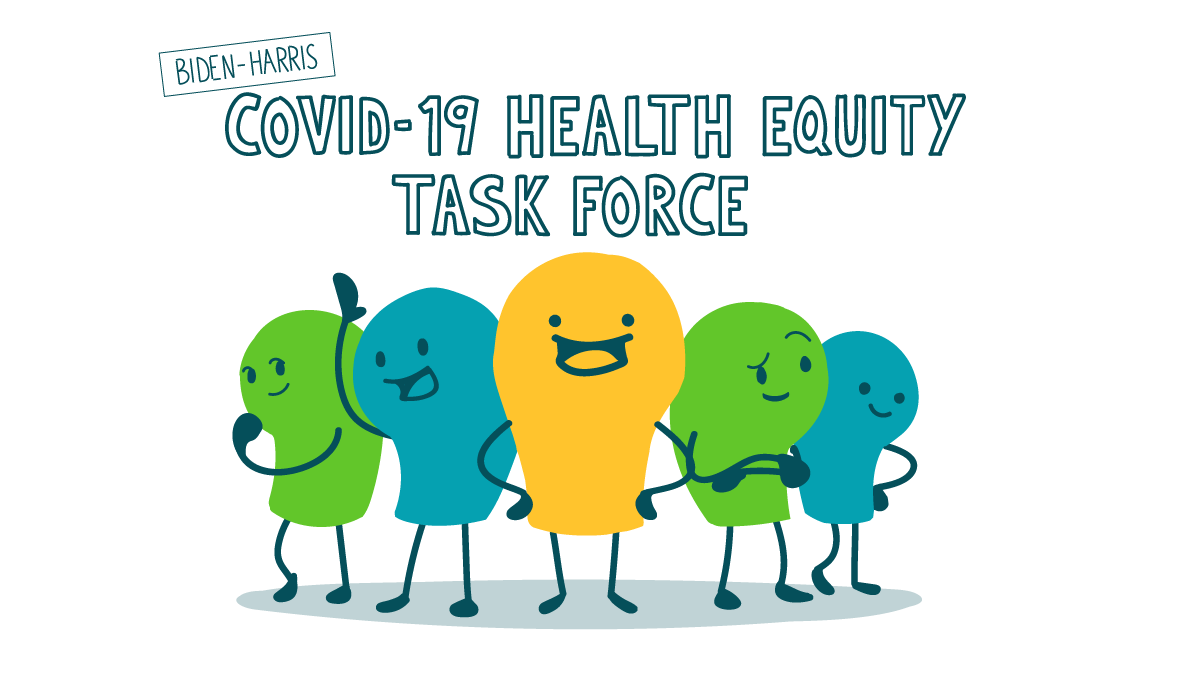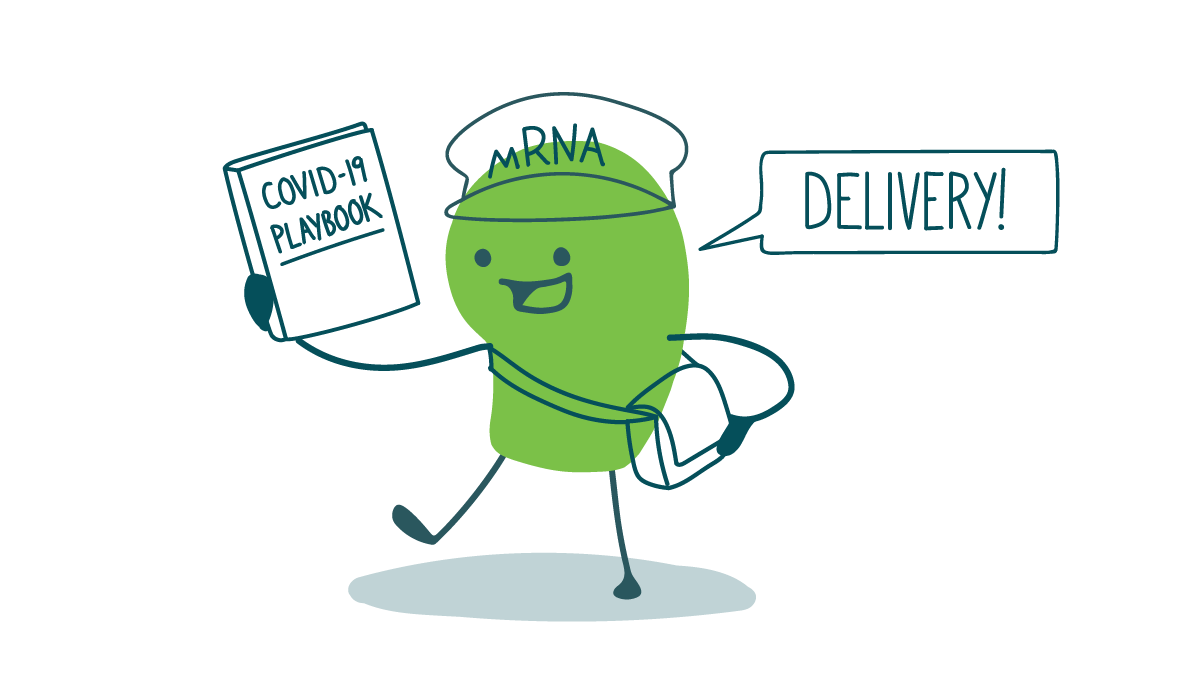
There’s a lot of coronavirus nonsense making the rounds these days. And whether it comes from a craven conspiracy theorist, an unhinged elected official, or a reputable news organization that made an honest mistake, misinformation can be dangerous.
As health communicators, we can counter coronavirus misinformation by giving our audiences the actual facts — and teaching them to tell fact from fiction for themselves. Try these strategies:
- Share trusted sources. Debunking every individual story that contains coronavirus misinformation would be a full-time job. So instead, try directing people to your go-to sources for COVID-19 info — like CDC or your local health department. Get your readers used to seeing credible sources cited — maybe the next time they go looking for info on their own, they’ll default to those sources.
- Offer tips for spotting sketchy sources. Does an article have obvious typos? Inconsistent formatting? Those are easy clues that the source might be a little off. We wish we could go further and say that if something sounds unbelievable, it’s probably fake. But, you know, you just can’t say that these days. What you can do is encourage people to use common sense, and to check other sources when a news item sounds more bonkers than usual.
- Spread the word that social media is a mixed bag, fact-wise. Social media can be a great way to spread public health messages. But people also need to know that a post from their friend’s cousin’s friend (who’s a doctor!) may not be a great news source. And that we can’t rely on social media companies to remove harmful misinformation.
- Consider skipping mythbusting. It’s tempting to call out the most absurd myths about coronavirus. (5G, anyone?) But when we repeat dangerous myths — even for the purpose of debunking them — we run the risk that our audiences will remember the myth, not the fact. This is especially true when people are quickly skimming, say, a tweet. Sometimes it’s safer to let the facts speak for themselves.
- Encourage people to get their science from scientists — not politicians. In an emergency, people naturally look to their elected leaders for guidance. But in a public health crisis, getting politicians to cede the podium to public health experts is one way to fight dangerous pseudoscience.
And finally, as you navigate this tricky health comm landscape, remember to stay empathetic. Most people who believe and share coronavirus misinformation aren’t stupid or evil — just scared, confused, and looking for answers. Judgment and condescension have never been effective ways to change people’s minds, and that’s not going to change now.
The bottom line: Help your audiences stick to trusted sources and spot coronavirus misinformation.
Tweet about it: #Coronavirus misinformation is rampant. @CommunicateHlth explains how to help your audiences avoid it: https://bit.ly/3bsgXfe #communicateCOVID
Browse recent posts


